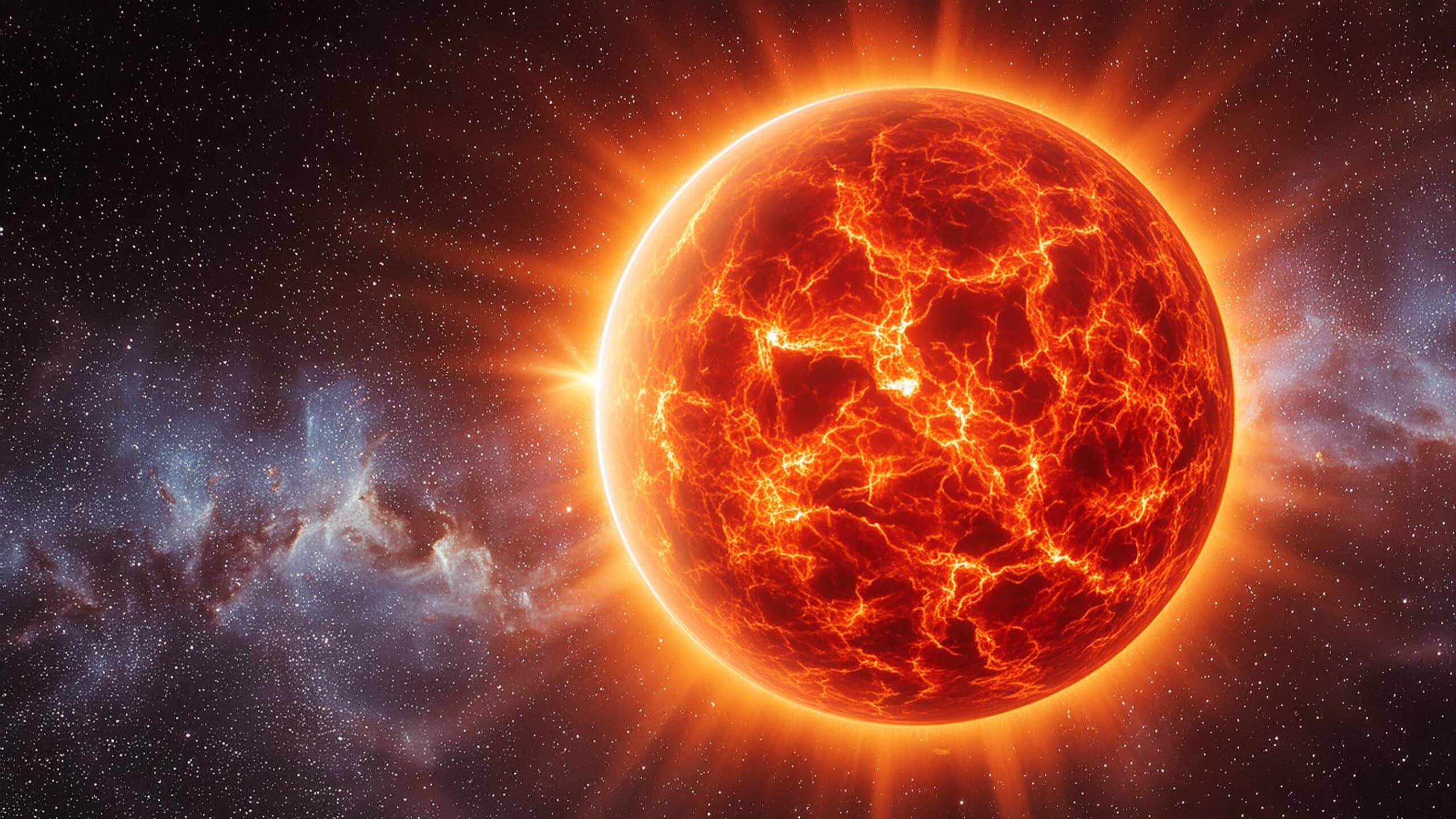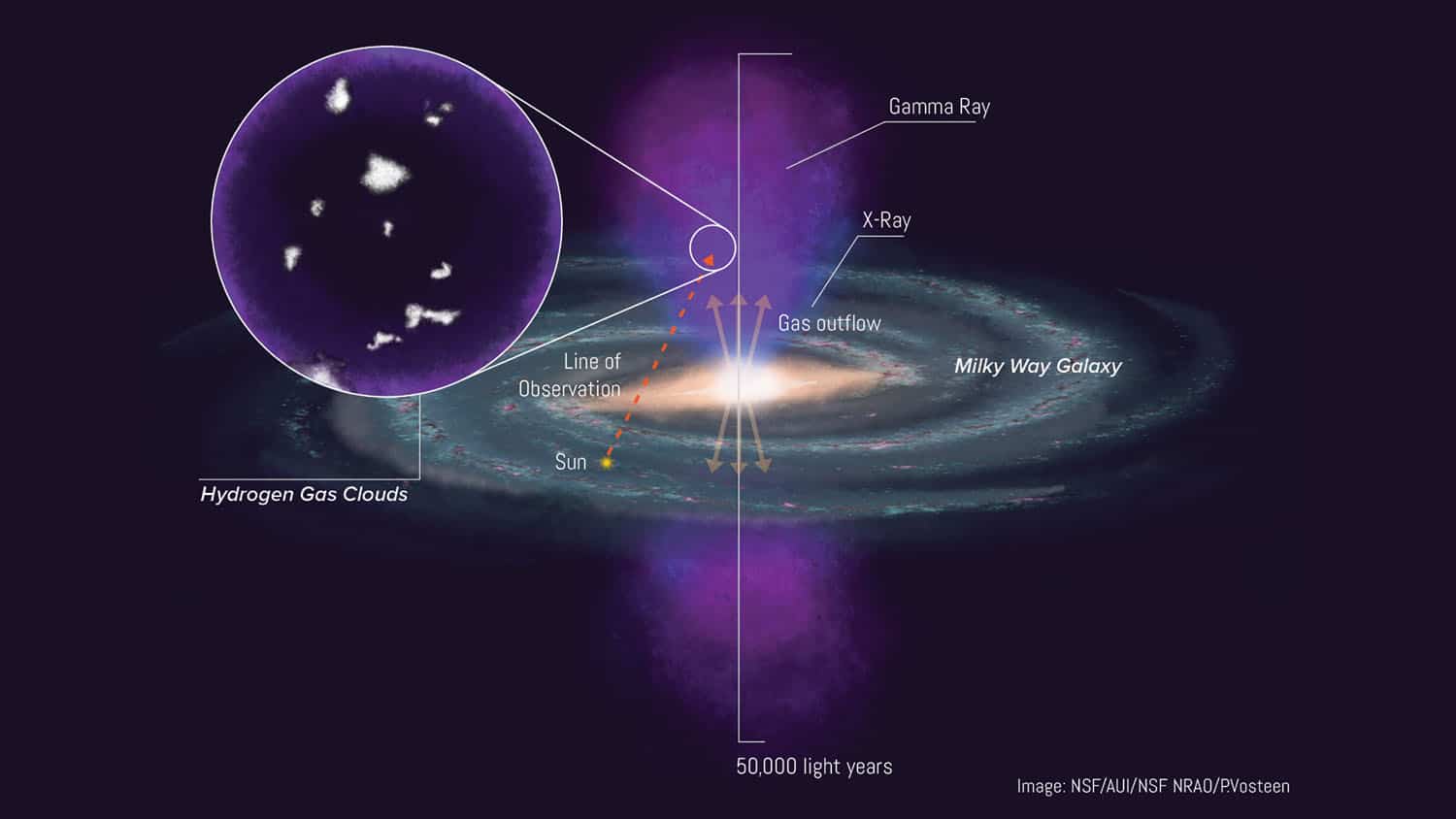‘Old’ Star Could Provide New Insights into Star Evolution

The following post was adapted from a University of Florida press release.
A newly discovered star could challenge some models of how stars evolve and the way they produce elements as they age.
All the elements in the universe are formed within stars. As stars age, the composition of elements within them also changes. For example, it is widely accepted that as stars burn they lose lighter elements like lithium in exchange for heavier elements like carbon and oxygen.
But a new study, led by researchers at the University of Florida and including an NC State astronomer, examines a star that appears to be an exception.
This star, named J0524-0336, was recently discovered during a survey that looked for older stars in the Milky Way. It is an evolved star, meaning that it is in the later stages of its “life” and is beginning to grow unstable. That also means that it is much larger and brighter than most other stars of its type, estimated to be about 30 times the size of the Sun.
The researchers used spectroscopy – which uses the wavelengths of light to measure the amounts of elements present in a star – and found an abundance of lithium in J0524-0336, which was unexpected in a star that old.
“When our team initially looked at the spectrum of this star in 2018, we thought there was an error in our data at the place where we would detect lithium,” says Ian Roederer, associate professor of physics at NC State.
“But when I looked more carefully at the data in 2019, I thought that the original data might actually be correct, so I collected an additional spectrum of this star the following month and we confirmed that the signal was real.
“It was the strongest signal of lithium that I had ever seen in a star,” Roederer says. “The amount of lithium in this star far exceeds that in any other known star.”
The team came up with a few potential hypotheses to explain J0524-0336’s high lithium content. It could be in an as-of-yet unobserved phase in the evolutionary cycle of stars, or it may have gained the element from a recent interaction with another celestial body. Stars as old and as large as this one have been theorized to absorb nearby planets and neighboring stars as they age, so J0524-0336 may have simply picked up another lithium-rich body and hasn’t yet fused the new matter.
Rana Ezzeddine, professor of astronomy at UF and study co-author, believes that with the amount of lithium found in J0524-0336, it is likely that there might have been contributions from both hypotheses, but more work is needed.
“If we find a build-up of dust in the star’s circumstellar disk, or the ring of debris and materials being ejected from the star, this would clearly indicate a mass loss event, such as a stellar interaction,” Ezzeddine says. “If we don’t observe such a disk, we could conclude that the lithium enrichment might be happening due to a process, still to be studied in detail, taking place inside the star instead.”
The study appears in The Astrophysical Journal. Former UF student Jeremy Kowkabany is lead author. Collaborators include Corrine Charbonnel, University of Geneva; Ella Xi Wang, Australian National University; Yangyang Li, UF; Zoe Hackshaw, University of Texas at Austin; Timothy Beers, University of Notre Dame; Anna Frebel, Massachusetts Institute of Technology; Terese Hansen, Stockholm University; Erika Holmbeck, Lawrence Livermore National Lab; Vinicius Placco, NSF NOIRLab; and Charli Sakari, San Francisco State University.
- Categories:


